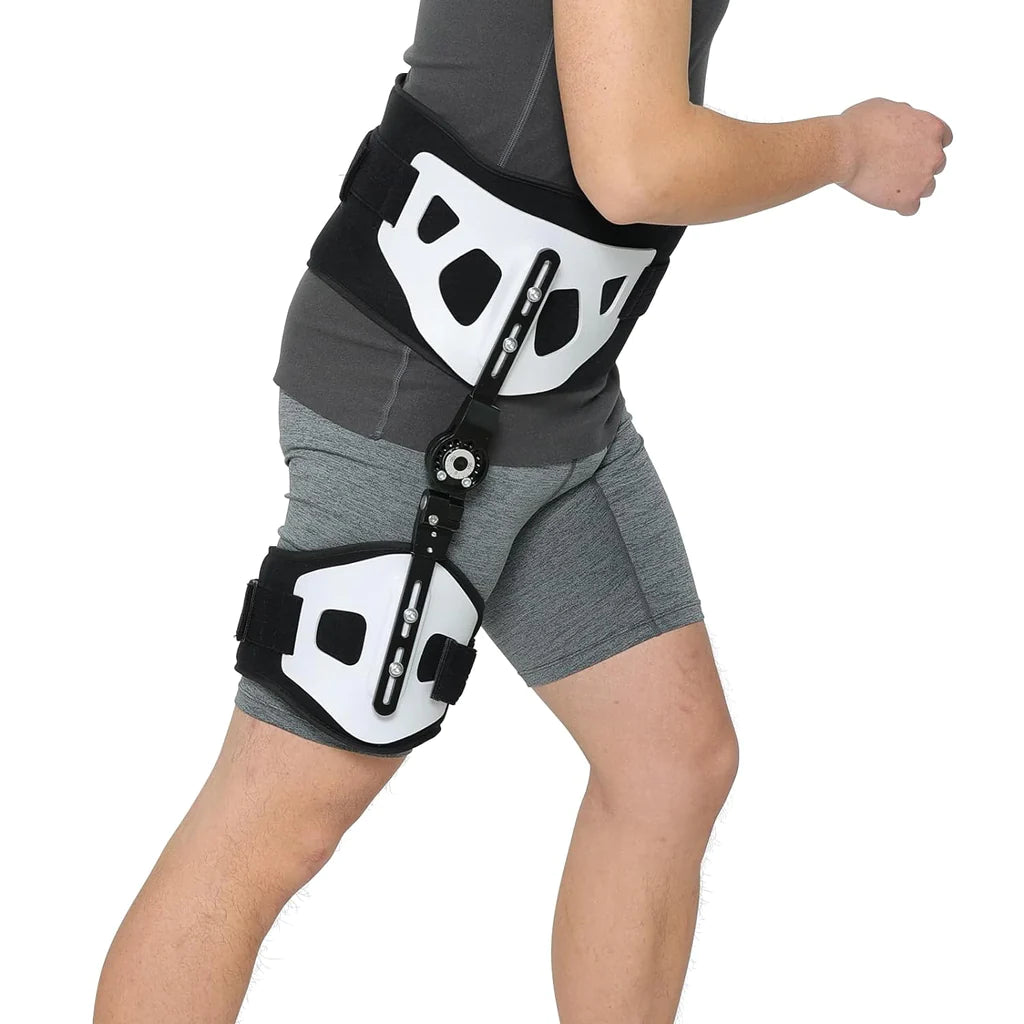
Mastering Hip Brace Recovery: Post-Surgery Essentials
Using a hip brace after surgery is a common and critical aspect of recovery for patients who have undergone hip surgery or experienced a hip dislocation. Here's an in-depth look at the various aspects of using a hip brace, answering common questions and concerns:
Will I be required to wear a hip brace?
The necessity of wearing a hip brace post-surgery depends on several factors:
- Type of Surgery: Certain procedures, like hip replacements or repairs of hip fractures, often require a brace.
- Severity of Injury: More severe injuries may necessitate the use of a brace to ensure proper healing.
- Patient's Anatomy and Lifestyle: Individual differences, including physical characteristics and daily activities, influence the need for a brace.
How long will I need to wear a hip brace?
The duration of wearing a hip brace varies:
- Post-Surgical Needs: Typically, it ranges from two to four weeks post-surgery.
- Based on Recovery Progress: For hip dislocations, the period might extend from a few weeks to a couple of months, depending on the healing process.
What kind of brace? What is it called?
Hip Abduction Brace:
- Function: Designed to stabilize the hip joint and prevent excessive movement, particularly inward movement (adduction) of the thigh.
- Usage: Commonly used after surgeries like hip replacements or for treating hip dislocations.
Continuous Passive Motion (CPM) Machine:
- Role: Not a brace per se, but often used alongside to promote joint healing by moving the joint continuously.
- Duration: Typically used for several hours a day, for up to two weeks.
How will it feel? Should I expect discomfort?
Wearing a hip brace:
- Initial Feel: May feel restrictive, as it's designed to limit certain movements for joint stabilization.
- Sitting Adaptations: Adjustments in sitting positions might be needed, as sitting at a normal 90-degree angle may be challenging.
What if it is painful?
- Addressing Brace-Related Pain: If the brace causes pain, it should be adjusted for a better fit. Consult with your doctor for proper adjustments or alternative pain management strategies.
- Differentiating Pain Sources: Pain might stem from the surgery or injury itself, rather than the brace.
What does it look like?
- Design: A hip abduction brace typically consists of two hard pieces lined with padding, positioned on the outside of the waist and thigh. These pieces are connected by an adjustable ‘arm’.
- Wearing Method: It's worn over clothing, with straps around the waist and thigh for secure placement.
How do I put it on?
- Assistance Needed: Initially, you might need help to wear the brace.
- Steps for Wearing: Open all straps, ensure you're comfortably dressed, and place the brace around the injured leg and waist. Adjust straps for a snug fit, ensuring the brace’s pieces are correctly positioned laterally on your hip and leg.
- Adjustments: Your doctor or physical therapist will instruct you on the correct angles and settings, which might be adjusted as recovery progresses.
Conclusion
Wearing a hip brace post-surgery is a vital component of the recovery process. It ensures stability and proper healing of the hip joint. Understanding how to use the brace correctly, managing any discomfort, and adhering to the recommended duration of use are crucial for a successful recovery. Always consult with your healthcare provider for personalized advice and follow their guidance for the best recovery outcomes.
